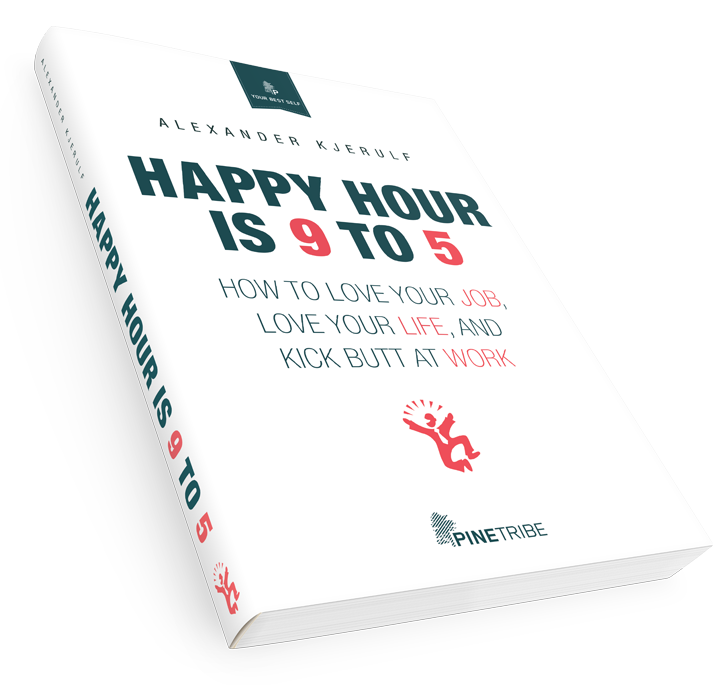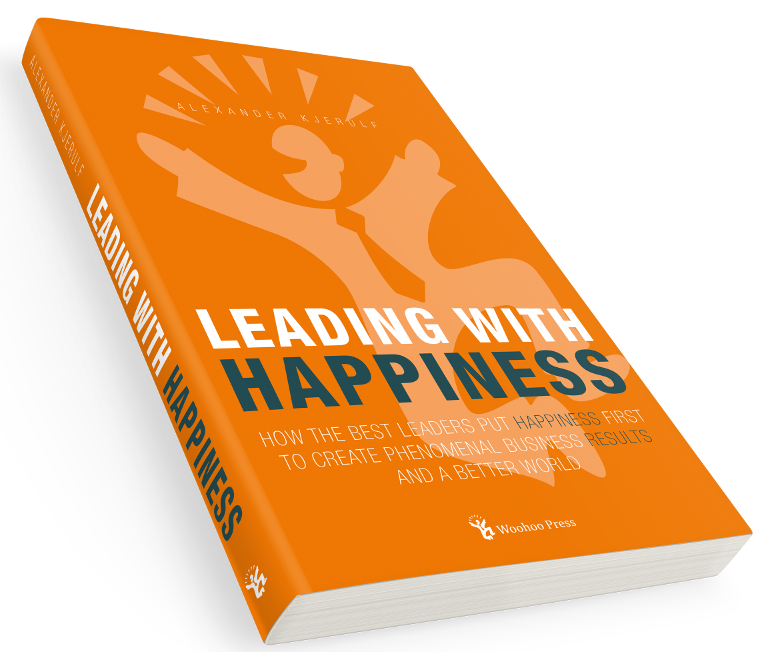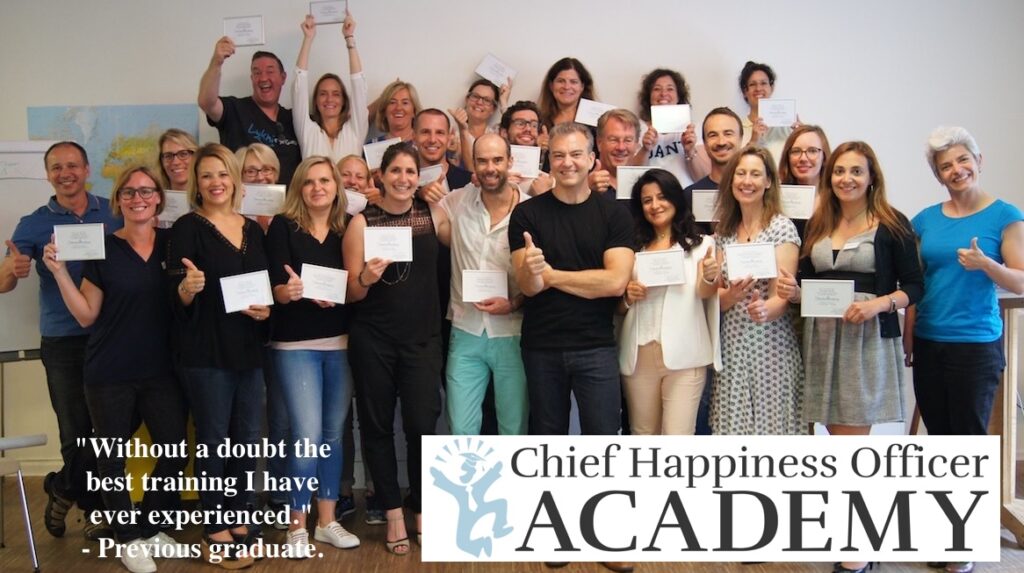 Is there room for play in you job? Do games, fun and general silliness have a role in your workplace – or are they just frivolous excuses for not doing your job?
Is there room for play in you job? Do games, fun and general silliness have a role in your workplace – or are they just frivolous excuses for not doing your job?
There is no doubt in my mind, that healthy, happy workplaces are full of fun play. And I know Bernie deKoven agrees. Bernie pursues the Playful Path, professionally. He blogs at deepfun.com. He calls himself Major Fun. Seriously (or not!), the man knows play :o)
Here’s an interview with Bernie about play and how it can be introduced to the workplace.
Bernie, your area of expertise is play. How did you come to be engaged in this?
My father and I used to play word games. I think basically my father did this to keep me quiet. But it worked. He even invented his own variations. I remember especially a game he called “SuperDuperGhost.” It’s a variation of a spelling game called Ghost. That’s the game where players take turns, each one adding a letter, until one player is forced to complete a word or gets challenged and doesn’t have a word that uses the letters he specified. SuperGhost is like Ghost, except you can add letters to the beginning or end of the word. And SuperDuperGhost? I’ll let you guess how that was played. For me, the exciting thing about playing with my father like this was the connection between us during the game. That was the key. We were playing together, for that short time, as if we were equals.
I think the next big event for me was in school, in high school, actually. I was already active in theater and in journalism and was writing a humor column in the school paper. I had a class in physics. It was an experimental class, in every sense of the word. We made all our own equipment out of junk – micrometers using two mirrored slides, a toothpick and rubber band, for example. The whole class was play. O, there were exams. And I didn’t do well on most of them. But that wasn’t the point for me. It was the fun-physics connection, that I could actually have fun, playing around with stuff, and learn about the world.
Then there was a theater class I took in college. Improvisational theater. The person who taught us never sad anything negative to anyone. We literally played. Lots of theater games. Lots of games with character. And, all the time, just by underscoring the things we did particularly well, and by nurturing the fun of it, we were developing our craft. Though I later went on to get a Masters degree in theater and wrote and directed plays, it was this experience that remained central.
Then I was hired to develop a curriculum in theater for elementary school children of a very urban persuasion. I quickly perceived that these kids already had their own form of theater, and a very profound one at that – only they called it “games.” So for the next 4 years, they taught me their games, I taught them games I could find in theater books and in collections from around the world, and I eventually wrote a curriculum, not in theater, but in kids social games – 5 volumes, over 1000 games – based on the discovery that if you let kids play together, and give them a safe place to do it in, they begin to master very complex social and intellectual skills, learning how to lead and follow, how to read and understand rules, how to make up their own.
Then I started teaching this curriculum to teachers, and I discovered how adults were even more in need of the opportunity to play together, to play with rules and with each other, than kids. It was amazing how profound our conversations became after a half hour of playing Duck-Duck-Goose or Captain May I.
Which led me to opening up my own retreat center, called “The Games Preserve”, where I conducted workshops, exploring everything I could learn about the phenomenon of games and play. I started exploring board and table games as well. Integrating every play form I could acquire into the exploration. We held amazing sessions, some for kids, most for adults. I particularly remember sessions I ran for people who worked in the prison system. Such profound discussions about rules and freedom. Such deep play. One day, a couple people from California dropped by. They wanted to experience my sessions because they were part of an organization called the New Games Foundation. They had run a few very successful, large scale play events, and needed to learn how to teach people to lead games. The next thing I knew, I had joined the Foundation and led the effort to create the New Games Training program.

In many regards, play is seen as something frivolous, wasteful, silly and childish. What do you say to people who have this attitude?
Generally, I start playing with them. And then talk about it. If I try it the other way around, it simply doesn’t work. I choose games that are in deed frivolous, but not threatening. Then, rather than talk about play, I talk about fun. What was fun in the games? Which leads to exploring what is fun in everything. And maybe what it would be like to live without fun. I think, in general, fun is an easier word to use. Sure, it’s trivial, and self-trivializing. But it’s less threatening than play. Even seriously grown-up people can acknowledge that they like having fun, and wouldn’t mind having more of it.
You work with different kinds of organizations, to get them to play. I have a feeling that play at work can definitely increase happiness at work. Would you agree? Why does playing makes us happier?
Again, I find the word “fun” more useful. The fun-happiness connection is a lot easier for people to draw. Play seems to have a lot of negative connotations, or perhaps over-spiritual, or too many connections to childhood. Playing is a good way to have fun. It’s fast, easy, almost guaranteed. It makes us happier because it allows us to have fun together. Now, when you start asking why, why does playing make us happier, or why even does fun make us happier, I think it is because we are most thoroughly ourselves when we are playing, because we experience our health, emotionally, physically, socially. I learned somewhere that people who study animals, especially herd animals, can immediately judge the health of the herd by noticing how many of the animals are at play. I think the same is true for people – when we feel safe enough, we naturally play. When we play, we are at our fullest, our best. Hence, happier.

How can play be integrated in our workplaces? What are some good day-to-day ways of playing at work?
There are a lot of games we can bring into the workplace. A lot of wonderful toys. A lot of rituals, celebrations. But I think it’s playfulness, rather than play itself, that has the highest payoff for people at work. I believe work is inherently fun – when we are challenged, engaged, given the freedom to learn, to experiment, to discover. It’s fun working with other people who are having fun. So, for me, it’s not so much integrating play into work as it is removing the obstacles to playfulness. Which begins, of course, by acknowledging the fun of it all, the excitement, the challenge. By stressing the equality of all players. By demonstrating respect for them as individuals. By focusing on their competencies, on what the players like to do, and do best. By helping to make things clear – rules, goals, expectations – in the same way we do in games. Using the word “fun” and “play” to describe work (“let’s play with this together” “this meeting was fun”) is also a great help.
What’s your favorite story of play in a workplace?
Well, it was during a brainstorming session, naturally. I got very interested in meetings. Of all the times in the work environment when play is actually nourished, it seems it’s in meetings – especially in meetings that are held for the purpose of producing something – a plan, a list of alternatives, a collection of new ideas. As the facilitator, I had brought a bunch of sticky toys – you know, those jellylike things that you can squeeze and stretch and can stick to each other. I actually already wrote this story, now that I think about it – this is how it ends: “While I was introducing the next game, someone discovered yet another property of the Glue Thing. It turns out that if you throw it onto the ceiling, it actually sticks there for awhile. Within three minutes of this discovery, it began raining Glue Things.
In sum, we had spontaneously arrived at a new game, one that I hadn’t planned for, one that brought the group together, and kept them together for the rest of the evening, and throughout the next day, until the very end of the two-day brainstorm, when somebody finally figured out how to remove the rest of the Glue Things from the ceiling.”
What happens to people when they play? What does play do for us?
I think I might have already answered this question above. Here are some additional thoughts. 1) embodiment. I think play embodies us. Puts us back in our bodies. And because we find ourselves in our bodies again, we feel more whole. 2) intimacy. I think play allows us a certain amount of intimacy that we can’t achieve, without great effort and excuses and boundary-making, otherwise. Safe physical contact (because we are more embodied). A sense of being part of a larger body – the community of players. 3) safety. For the time of the play experience, if it is correctly framed and facilitated, we feel safe with each other and with ourselves, unthreatened, nonjudgmental, open – physically, socially, emotionally. So we feel free. So we become more whole. Healthier.
I know that you advocate the open-ended games where people are free to change the rules as they play. Where this is even part of the game. What is your favorite game?
The one that people make up together.
Bernie: Thank you for some great answers!
And how about you dear readers – How do you play at work? Is there room for fun in your job?
And if you need some inspiration to play, go read Bernie’s blog.
Really, getting to do what you love to do every day, that’s the ultimate luxury. And particularly when you can do it with terrific people around you.
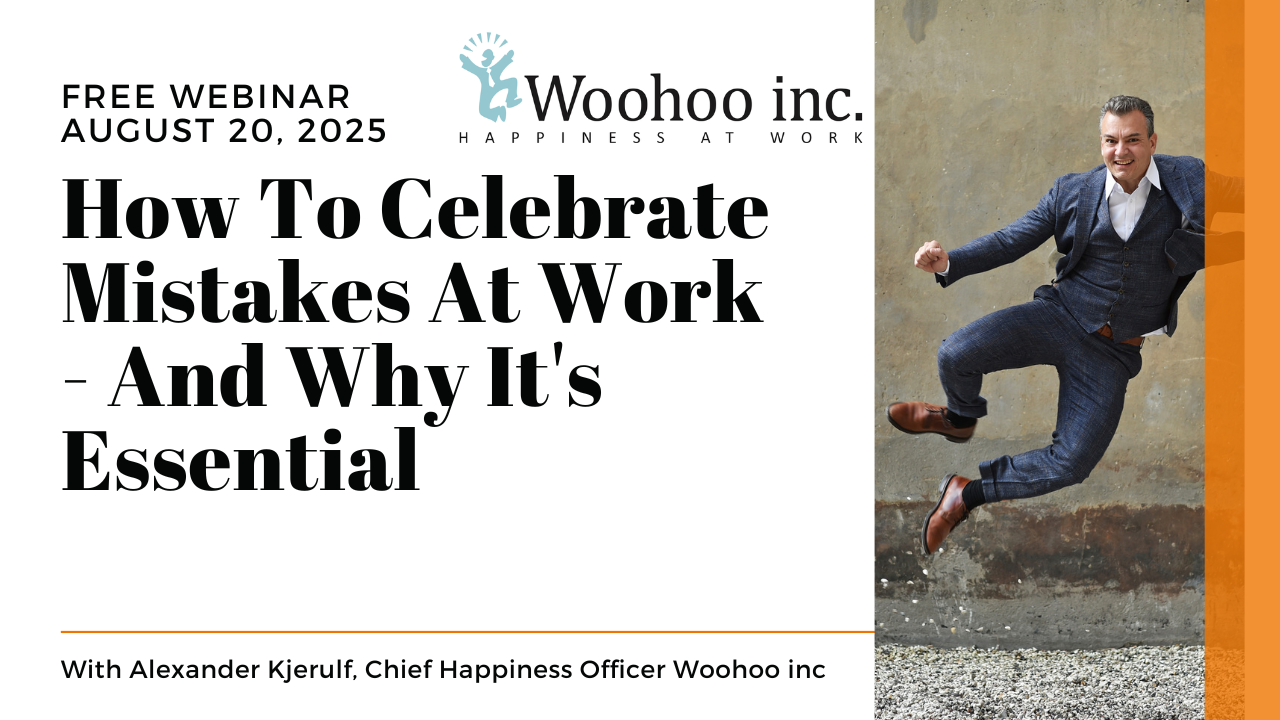
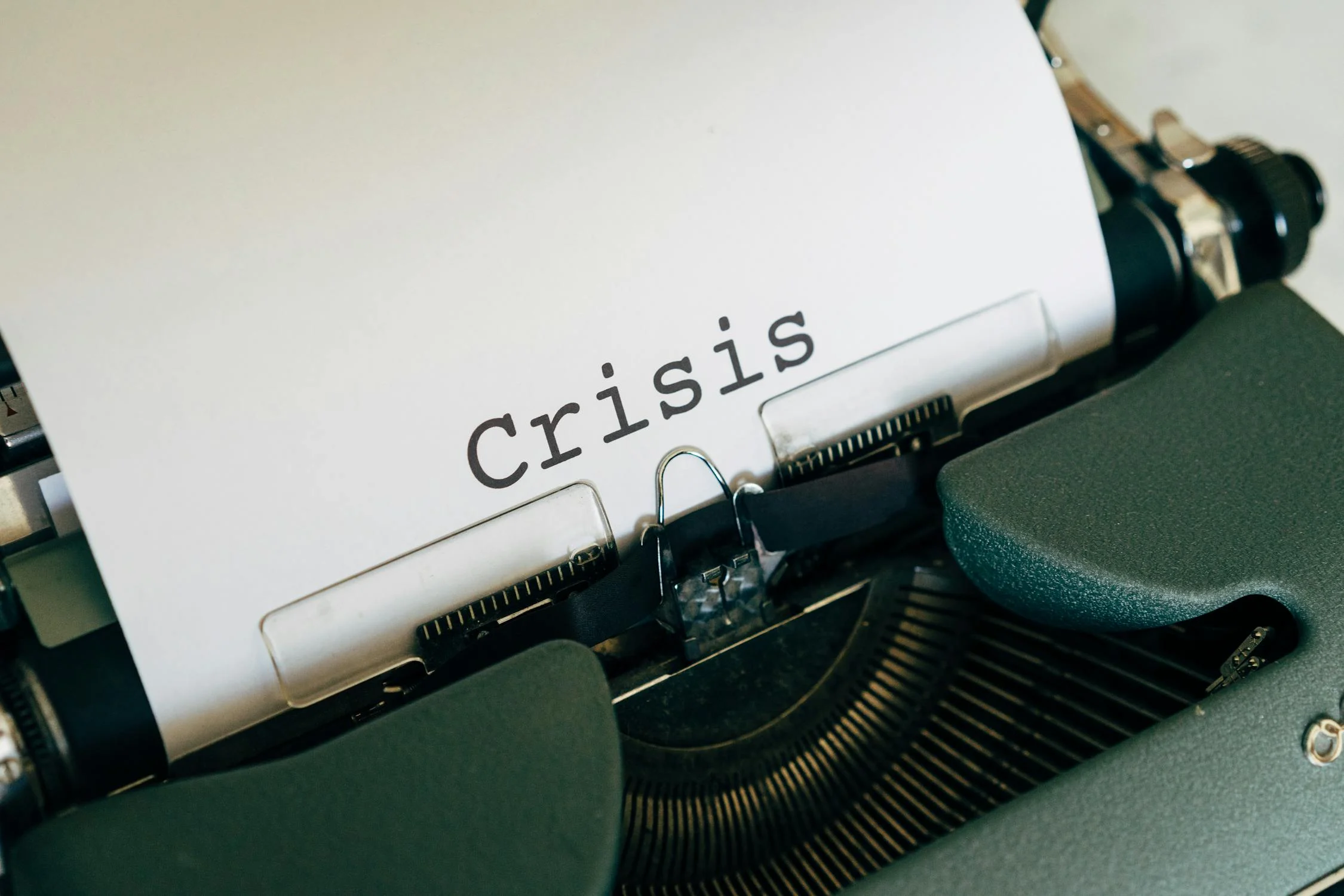




 Many of us are trying almost desperately to hold on to the belief that bringing more toys into the workplace will make things more fun.
Many of us are trying almost desperately to hold on to the belief that bringing more toys into the workplace will make things more fun. 


 Back in December, Anna Farmery of the
Back in December, Anna Farmery of the  Here are this week’s highest rated links and stories from the
Here are this week’s highest rated links and stories from the  I’ve been interviewed a few more times around the web recently.
I’ve been interviewed a few more times around the web recently.  “Your work is going to fill a large part of your life, and the only way to be truly satisfied is to do what you believe is great work. And the only way to do great work is to love what you do. If you haven’t found it yet, keep looking. Don’t settle.”
“Your work is going to fill a large part of your life, and the only way to be truly satisfied is to do what you believe is great work. And the only way to do great work is to love what you do. If you haven’t found it yet, keep looking. Don’t settle.” “Work should always be fun for all colleagues. We all only have one life. A third of life is work. Without desire and fun, work becomes hell.”
“Work should always be fun for all colleagues. We all only have one life. A third of life is work. Without desire and fun, work becomes hell.” “Each individual should work for himself. People will not sacrifice themselves for the company. They come to work at the company to enjoy themselves.???
“Each individual should work for himself. People will not sacrifice themselves for the company. They come to work at the company to enjoy themselves.??? “Fun is at the core of the way I like to do business and it has been the key to everything I’ve done from the outset. More than any other element, fun is the secret of Virgin’s success.???
“Fun is at the core of the way I like to do business and it has been the key to everything I’ve done from the outset. More than any other element, fun is the secret of Virgin’s success.??? I’m having a reception to celebrate
I’m having a reception to celebrate 